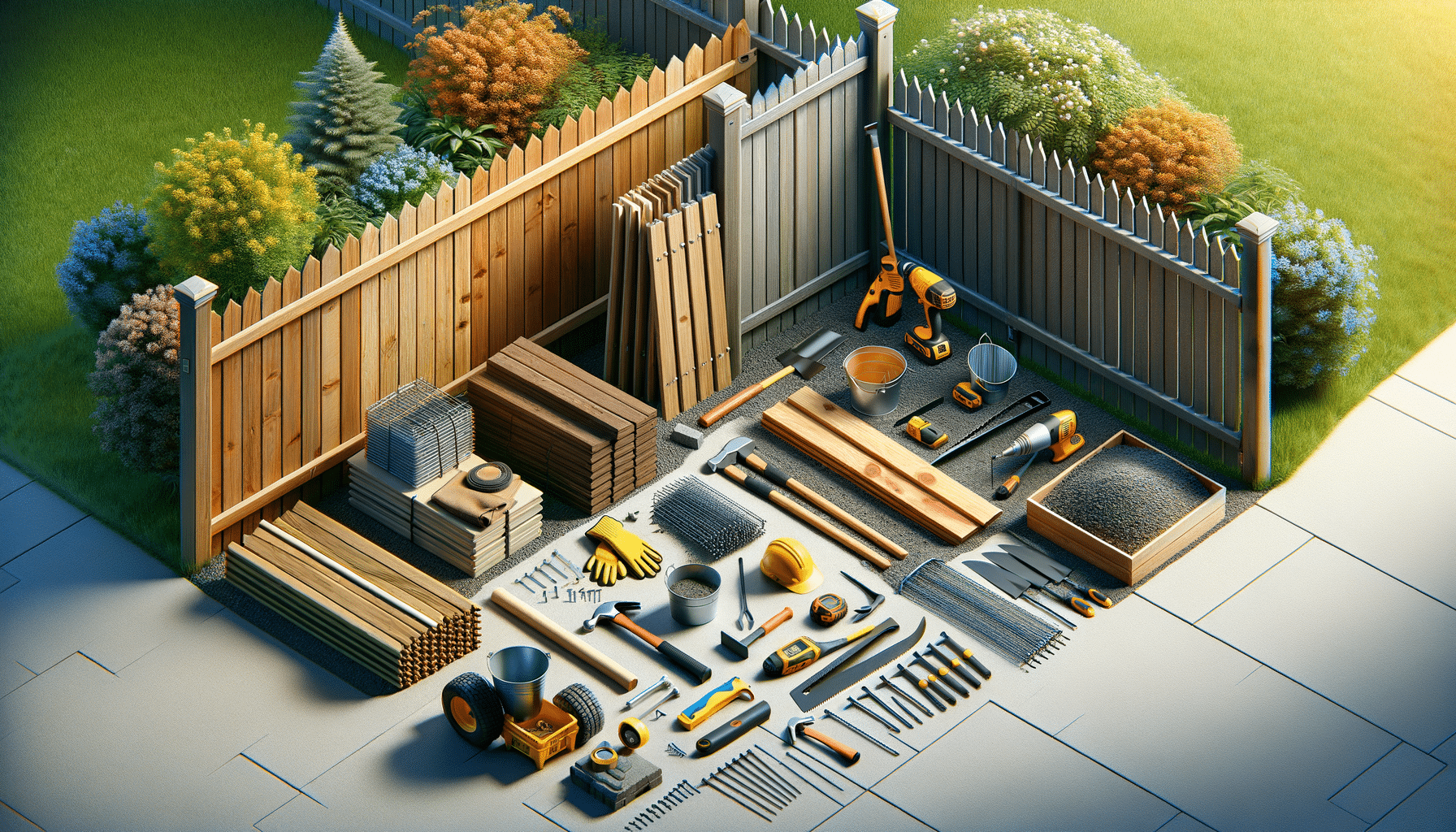
Comprehensive Guide to Fence Installation
Understanding the Purpose of Your Fence
Before embarking on the journey of fence installation, it’s crucial to understand the primary purpose your fence will serve. Fences can be installed for a variety of reasons, including security, privacy, defining property boundaries, or enhancing the aesthetic appeal of your property. Each purpose may dictate a different style or type of fence, from tall, solid panels for privacy and security to decorative picket fences that add charm without obstructing views. Consider your needs carefully, as the right fence can significantly improve both the functionality and appearance of your outdoor space.
For those looking to secure their property, options like chain link or wrought iron fences are popular due to their durability and strength. Meanwhile, homeowners seeking privacy might opt for wooden or vinyl panels that offer a solid barrier against prying eyes. Aesthetic considerations might lead you to choose materials and designs that complement your home’s architecture, adding to its curb appeal.
Choosing the Right Materials
Once you have determined the purpose of your fence, the next step is selecting the appropriate materials. The choice of materials can greatly influence the cost, maintenance, and longevity of your fence. Common materials include wood, vinyl, metal, and composite, each offering distinct advantages.
Wooden fences are a traditional choice, valued for their natural beauty and versatility. However, they require regular maintenance to prevent rot and insect damage. Vinyl fences, on the other hand, are low-maintenance and weather-resistant, making them an attractive option for those looking for durability without the upkeep. Metal fences, including aluminum and wrought iron, provide exceptional strength and security, often with minimal maintenance requirements. Composite materials offer a blend of wood’s aesthetic appeal and vinyl’s durability, though they can be more expensive.
Consider factors such as climate, budget, and desired appearance when selecting your materials. A well-chosen material can ensure that your fence not only meets your needs but also stands the test of time.
Planning and Design Considerations
Effective planning and design are essential components of a successful fence installation. Begin by measuring the area where you plan to install the fence, taking note of any slopes or obstacles that may affect the installation process. Accurate measurements will help you determine the amount of materials needed and avoid unnecessary expenses.
Consider the design elements that will complement your home and landscape. The height, style, and color of the fence should harmonize with the overall aesthetic of your property. Additionally, check local regulations and homeowner association guidelines, as there may be restrictions on fence height, materials, or placement.
Incorporating gates and access points is another important design consideration. Ensure that gates are wide enough for any necessary equipment and are placed in convenient locations for ease of access. Thoughtful planning can enhance both the functionality and appearance of your fence.
Installation Process: Step-by-Step
With your plans in place, it’s time to dive into the installation process. Installing a fence can be a rewarding DIY project, but it requires careful attention to detail and adherence to safety guidelines.
Begin by marking the location of each post using stakes and string to ensure a straight line. Dig post holes to the appropriate depth, typically one-third of the post’s length, to provide stability. Set the posts in concrete and allow them to cure before attaching the fence panels. This step is crucial for ensuring the longevity and stability of your fence.
Once the posts are secure, attach the fence panels or rails, starting at one end and working your way to the other. Use a level to ensure each panel is straight and even. Finally, install any gates and hardware, making sure they operate smoothly and securely.
Throughout the installation, prioritize safety by wearing protective gear and following manufacturer instructions. A well-executed installation will provide a sturdy and attractive fence that serves its intended purpose.
Maintenance and Care for Longevity
To ensure your fence remains in excellent condition, regular maintenance and care are essential. The type of maintenance required will depend on the materials used in your fence.
For wooden fences, periodic staining or painting is necessary to protect against weathering and rot. Inspect the fence regularly for signs of damage or insect activity, and promptly replace any damaged sections. Vinyl fences require less maintenance but should be cleaned periodically to remove dirt and mildew.
Metal fences may need occasional rust treatment and repainting to maintain their appearance and prevent corrosion. Composite fences generally require minimal maintenance, though it’s wise to clean them occasionally to preserve their appearance.
By investing time in maintenance, you can extend the life of your fence and keep it looking its best, ensuring it continues to enhance your property for years to come.


